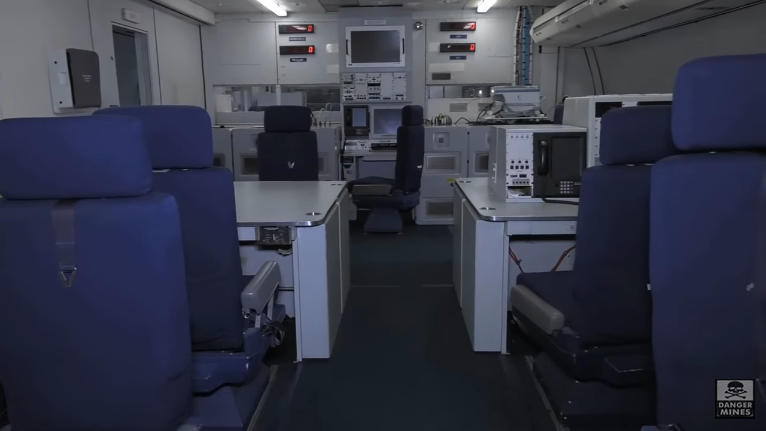
1/ The E-6B Mercury thread
"The E-6B communications relay and strategic airborne command post aircraft. Provides survivable, reliable, and endurable airborne command, control, and communications between the National Command Authority and U.S. strategic and non-strategic forces."
"The E-6B communications relay and strategic airborne command post aircraft. Provides survivable, reliable, and endurable airborne command, control, and communications between the National Command Authority and U.S. strategic and non-strategic forces."

2/ The E-6B is a modified Boeing 707 aicraft that has two missions: Take Charge and Move Out (TACAMO) and Airborne Launch Control System (ALCS). It's capable of air to air refueling and has an endurance of 15 hours. 

3/ For the TACAMO mission, the E-6 serves as an airborne comms relay between our ballistic missile submarines and the National Command Authority (NCA). To achieve this it has specialized comm equipment including a 5 mile long trailing antenna. 

4/ For the ALCS mission, the E-6 has battlestaff positions and specialized equipment for comms with land based ICBMs. 

5/ In the TACAMO role, the E-6 flies independent random operations from various deployed sites for approximately 15 day intervals. Each deployed crew will be self-supporting except for fuel and perishables.
6/ In the ABNCP role, as directed by USSTRATCOM, two aircraft are flown to Offutt Air Force Base (AFB) to embark the battle staff and the ALCS components and will be placed in an alert status.
7/ The range of the aircraft is 6,600 nautical miles with 6 hours of loitering time. In the TACAMO role, it has a crew of 22. In the ALCS role, a general grade officer and his battle staff are added to the crew.
• • •
Missing some Tweet in this thread? You can try to
force a refresh






